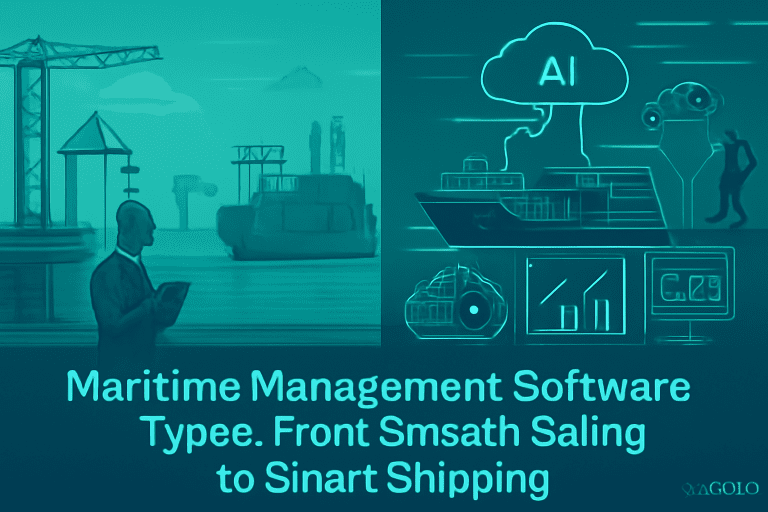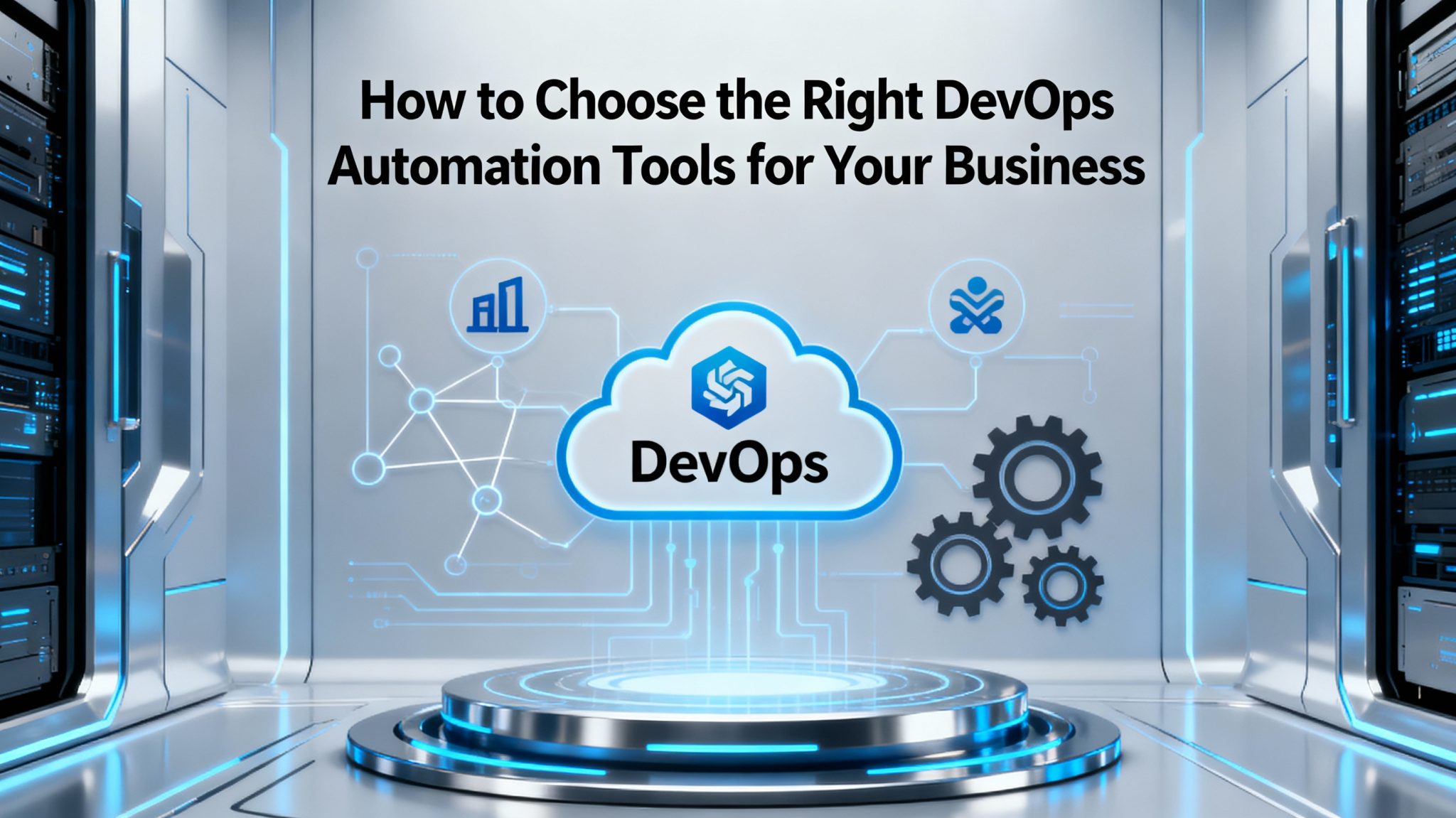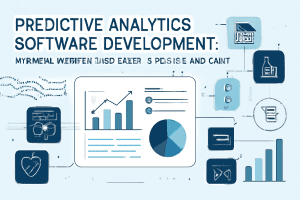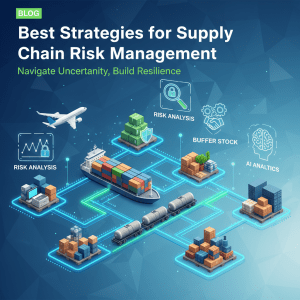Introduction
The maritime industry is experiencing a technological revolution, moving from traditional pen-and-paper methods and siloed systems to digitally connected, intelligent shipping operations. Today’s maritime management software spans everything from daily fleet operations to smart shipping powered by AI, automation, and real-time analytics. This guide breaks down the essential types of maritime software, explains their critical features, and shows how companies can achieve smooth—and eventually, truly smart—shipping. Want to future-proof your maritime business? Discover how TechOTD and its partners can help.
1. Fleet Management Software
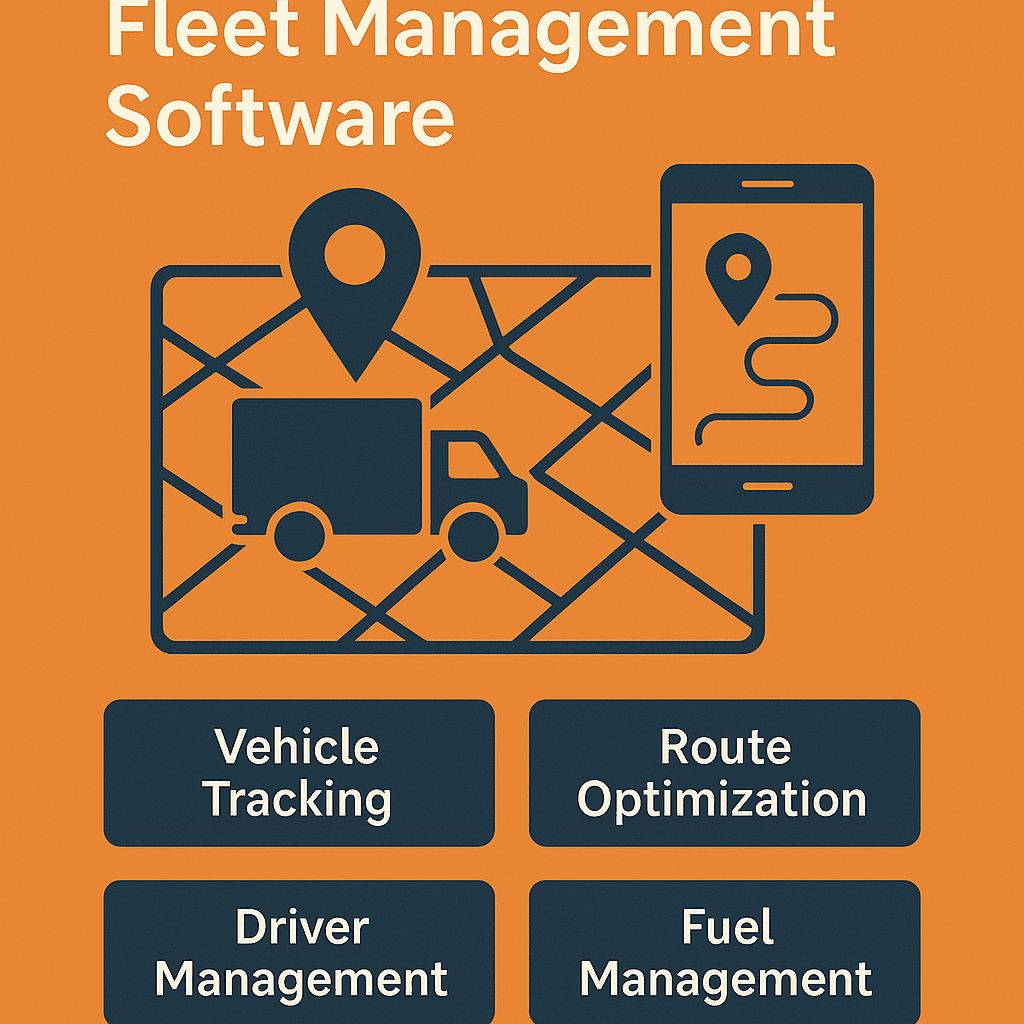
-
Purpose: Centralizes oversight of entire vessel fleets with dashboards for real-time tracking, fuel consumption, speed, voyage planning, and maintenance.
-
Benefits: Increases operational efficiency, reduces costs, and supports compliance by providing actionable insights on fleet health and performance.
-
Who Needs It: Shipping lines, logistics companies, port operators.
-
Expert solution: Web & App Development by TechOTD
2. Vessel Management & Maintenance Software
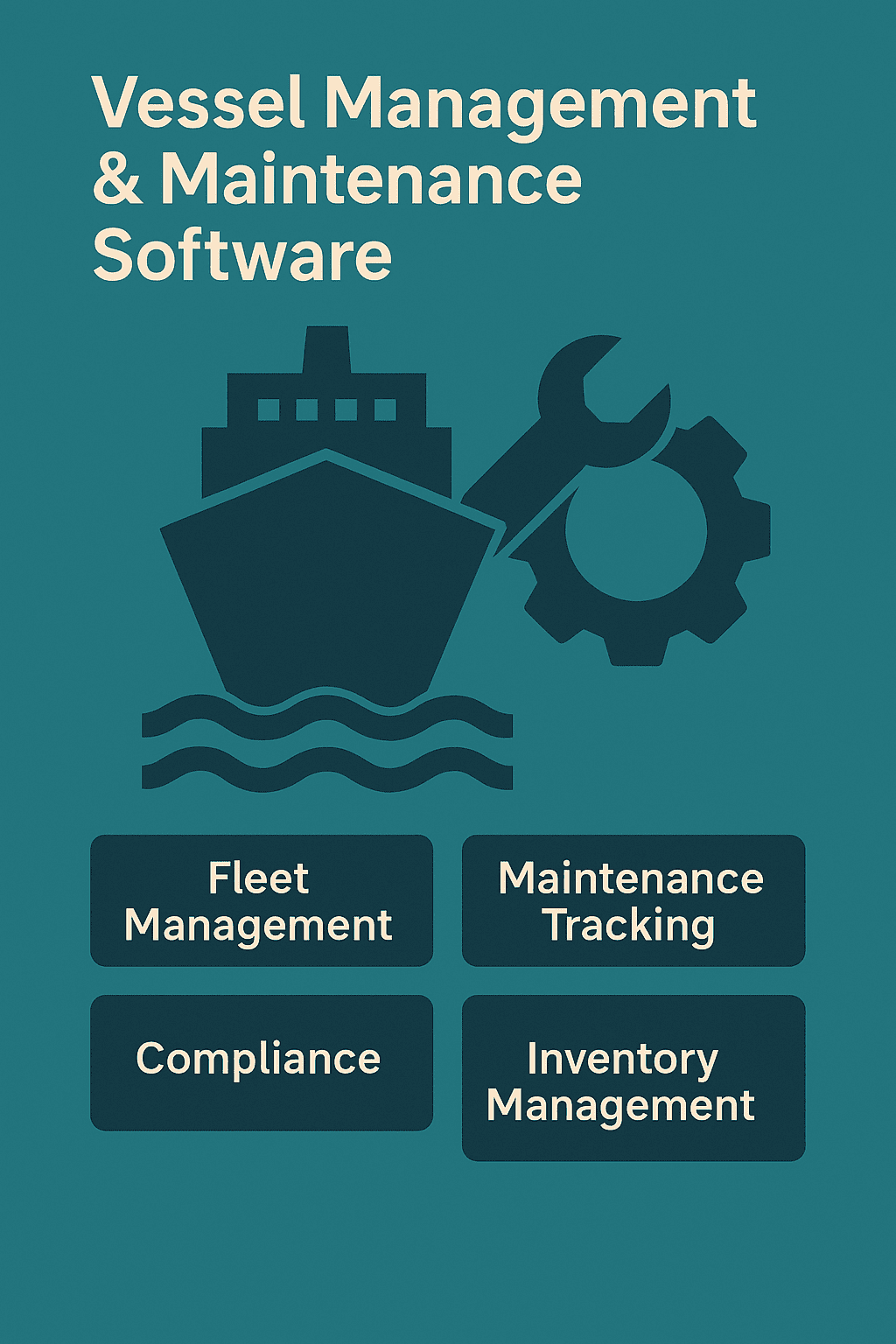
-
Purpose: Manages vessel operations, onboard resources, planned maintenance, and safety compliance.
-
Features: Maintenance schedules, reporting, spare parts inventory, QHSE (quality, health, safety, environment), and documentation.
-
Smart Feature: Predictive maintenance alerts powered by AI analytics.
-
Who Needs It: Shipowners, technical management firms.
3. Crew Management Software

-
Purpose: Simplifies the management of crew schedules, assignments, payroll, certifications, and HR compliance.
-
Features: Automated scheduling, crew movement logging, document management, real-time compliance alerts, and payroll automation.
-
Who Needs It: Operators managing large or multinational crews.
4. Cargo & Inventory Management Software

-
Purpose: Tracks and documents cargo, inventory, and freight from booking to unloading.
-
Features: Cargo tracking, electronic bill of lading, hazardous goods handling, inventory optimization, and documentation.
-
Smart Feature: Real-time shipment updates and automated notifications.
-
Industries: Bulk carriers, container shipping, port warehouses.
5. Port & Terminal Management Software
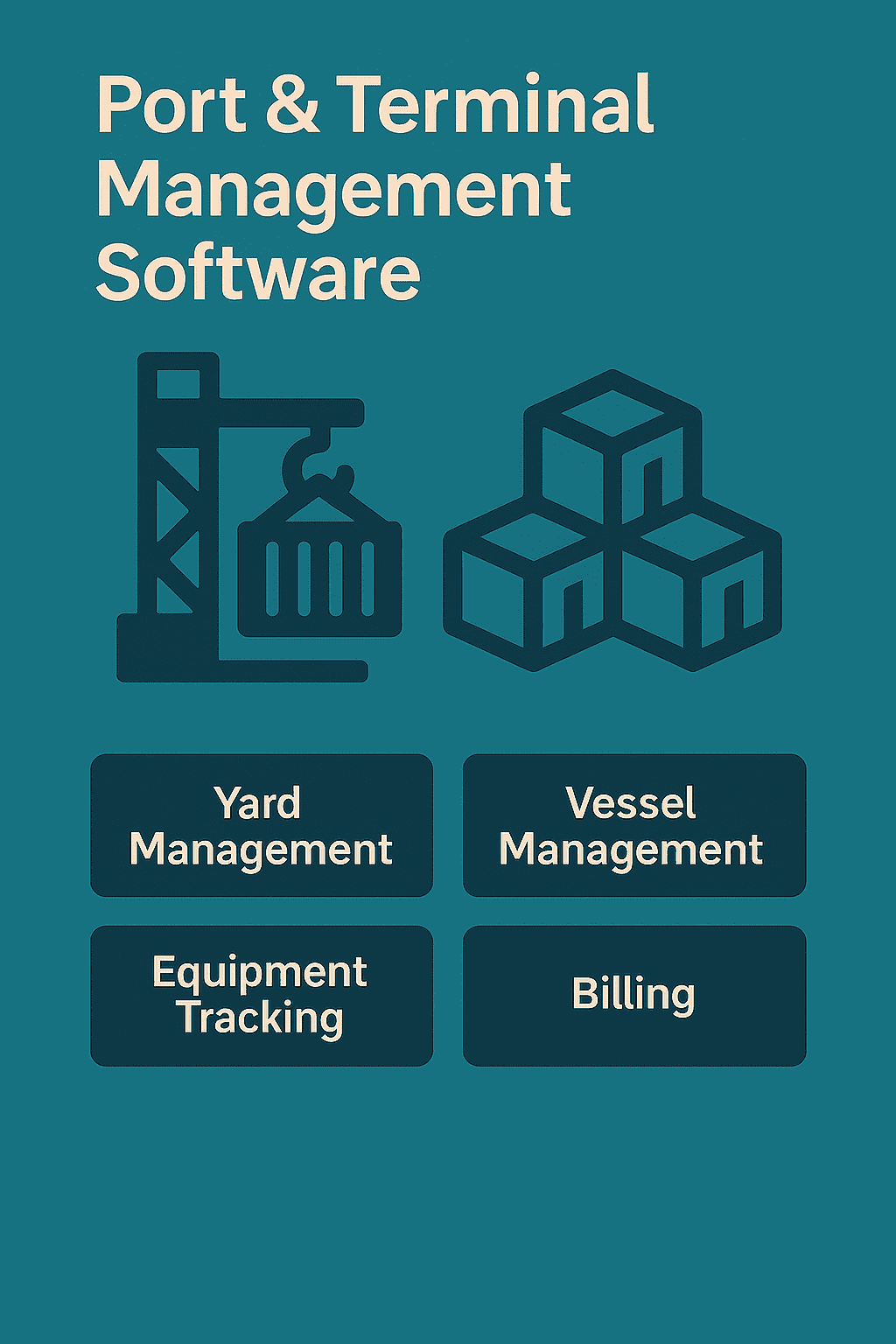
-
Purpose: Optimizes port operations, berth scheduling, vessel traffic, resource allocation, billing, and regulatory compliance.
-
Features: Port call planning, automated billing, digital data exchange, and integration with customs and port authority systems.
6. Navigation & Safety Software
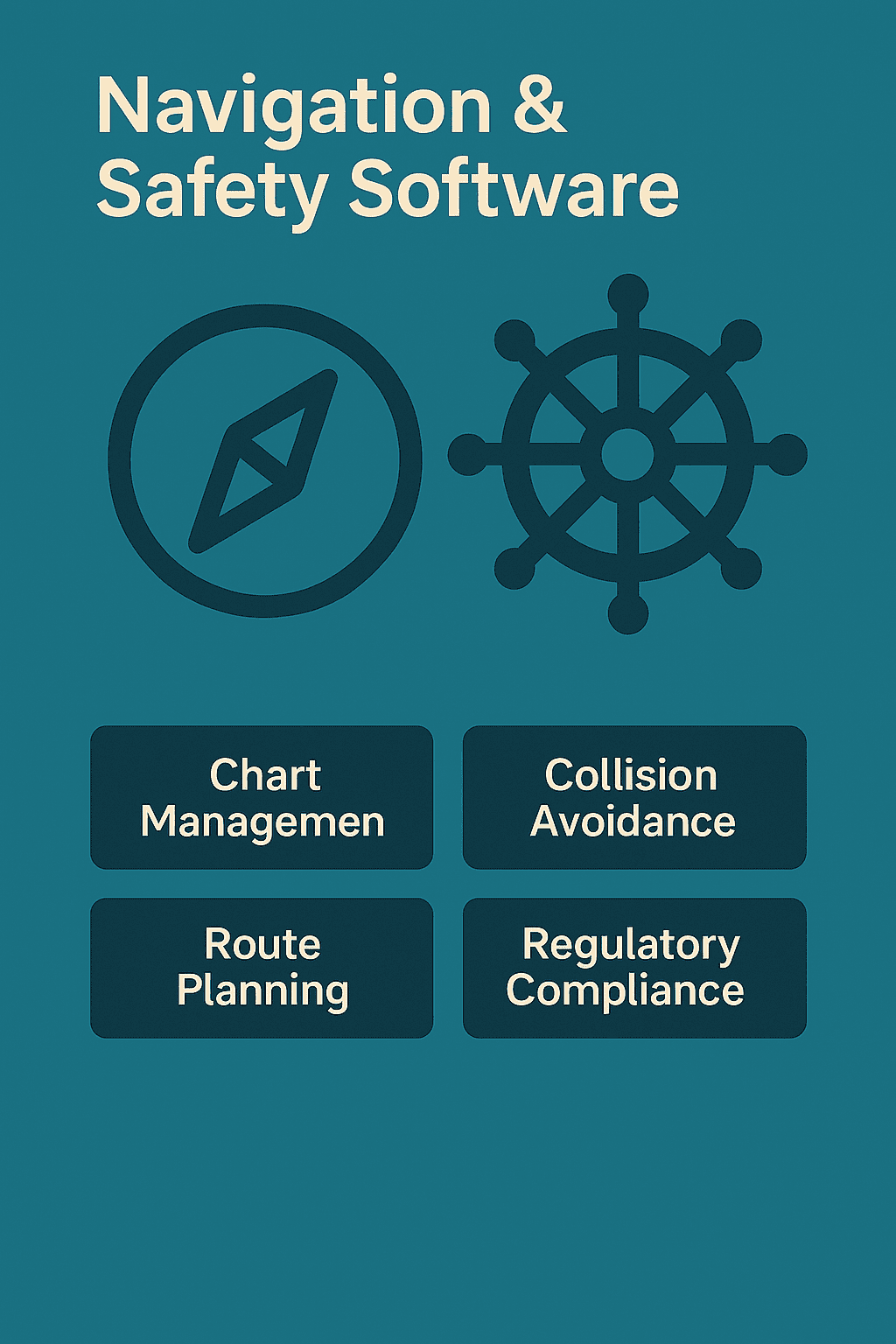
-
Purpose: Automates navigation, chart plotting, regulatory alerts, and onboard safety management.
-
Features: Electronic navigation charts (ENC), GPS integration, weather routing, and incident logging.
7. Compliance & Regulatory Software
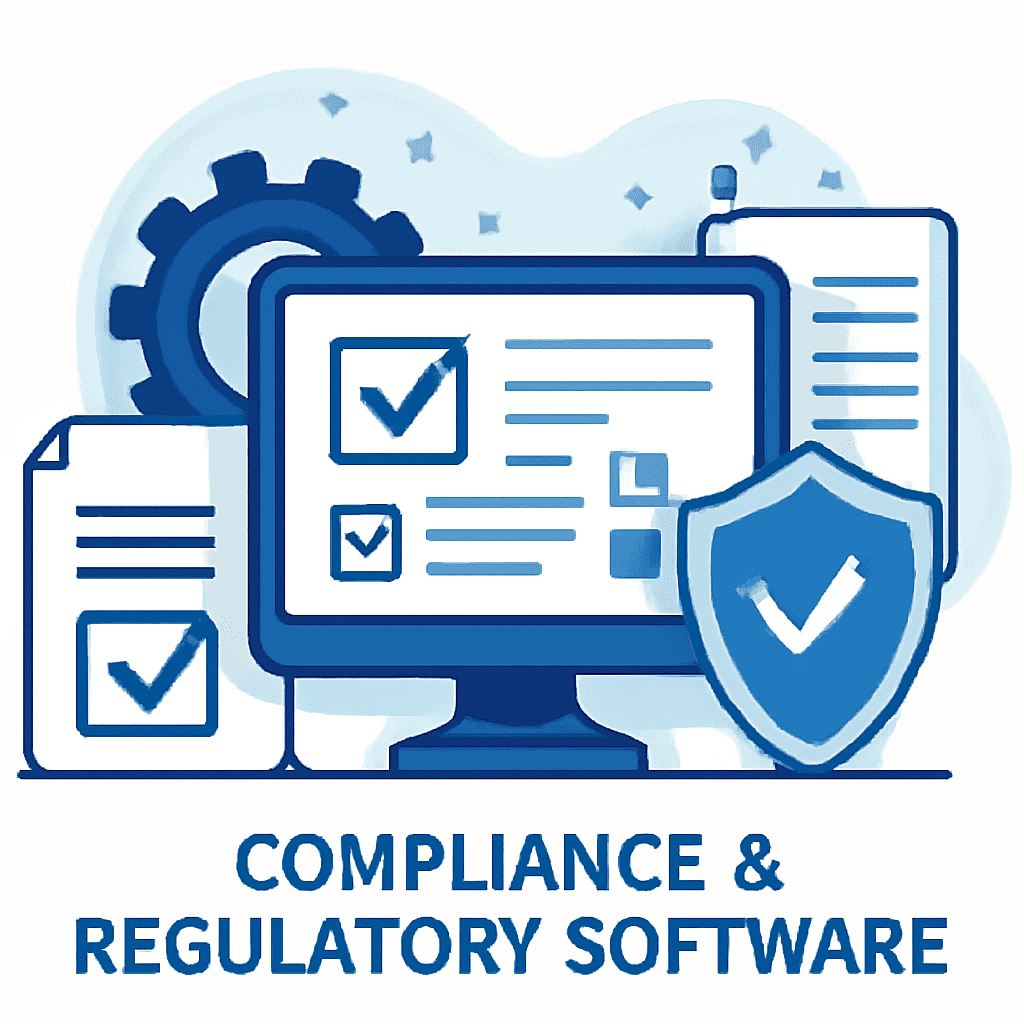
-
Purpose: Ensures ships meet global and regional maritime regulations, safety standards, and environmental requirements.
-
Features: SOLAS, MARPOL, ISM Code compliance modules, emission monitoring, and audit reporting.
8. Smart Shipping Solutions (AI & IoT Integration)
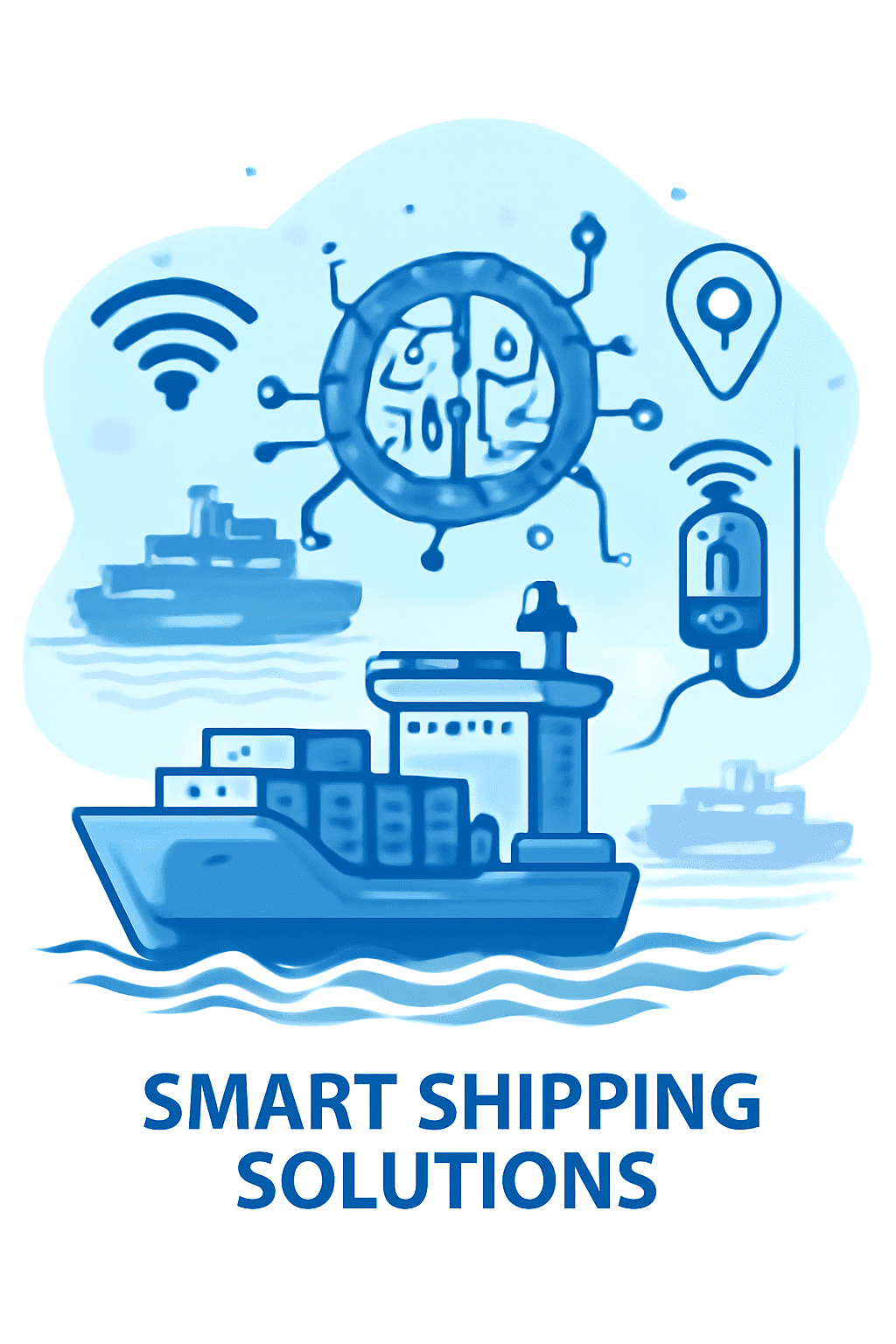
-
Purpose: Leverages AI, IoT, predictive analytics, and machine learning for smart routing, fuel and maintenance optimization, fleet asset tracking, and decision support.
-
Smart Example: Route/weather optimization suggestions, real-time fuel efficiency dashboards, and AI-powered anomaly detection.
-
Explore advanced integration at: TechOTD’s AI Services
Why Invest in Maritime Management Software?
-
Efficiency: Replace manual processes with automated workflows—reduce errors, speed up operations.
-
Visibility: Real-time tracking and analytics improve decision-making and customer satisfaction.
-
Cost Reduction: Lower fuel consumption, maintenance expenses, and administrative overhead.
-
Compliance: Automate regulatory reporting and reduce risk of fines or detentions.
How to Choose the Right Maritime Software Mix
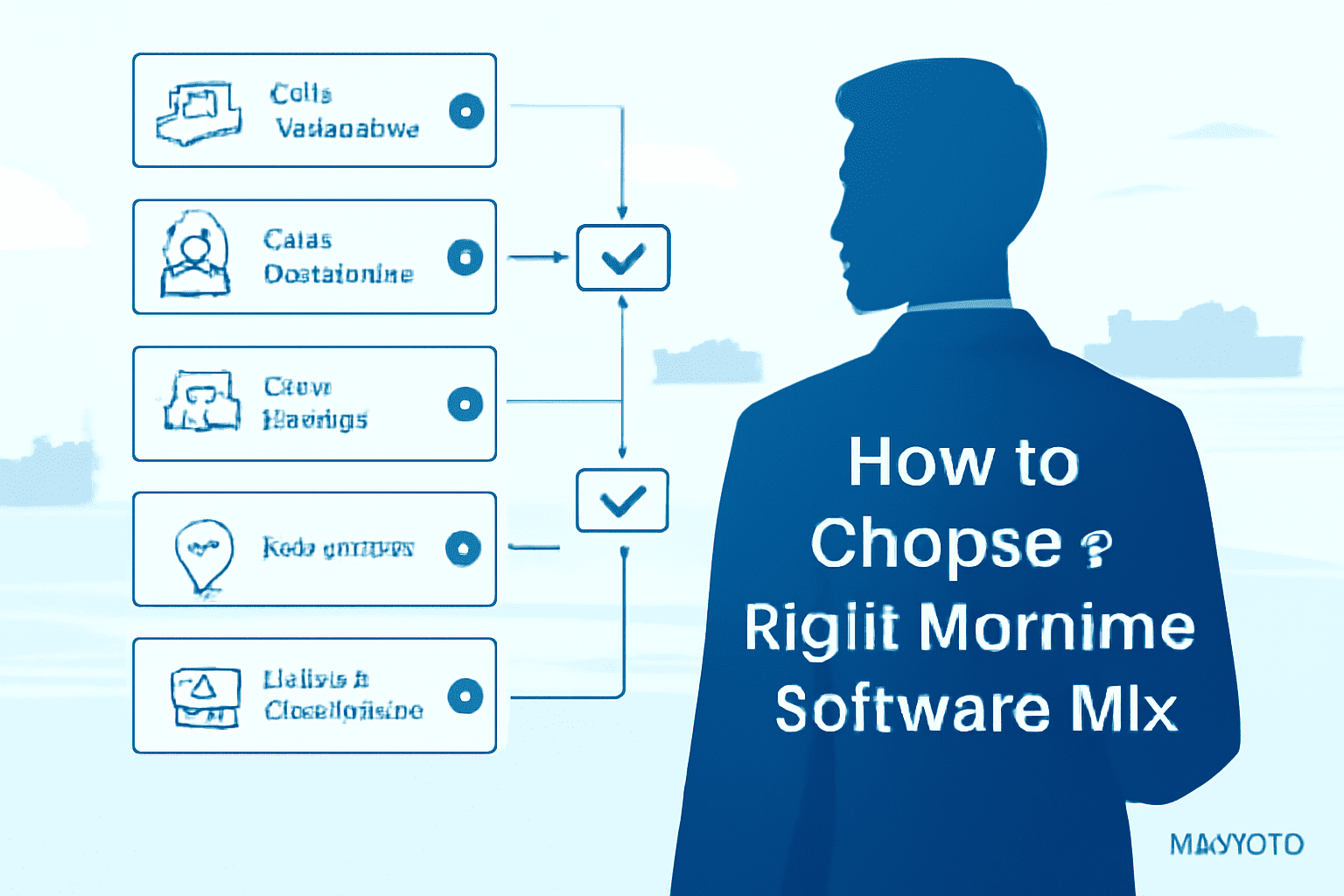
-
Assess your business goals: Increase efficiency, regulatory compliance, customer focus, or digital transformation?
-
Find scalable solutions: Choose systems that integrate across fleet, crew, cargo, port, and smart analytics needs.
-
Prioritize integration: Unified data creates smoother workflows and reduces duplication.
-
Leverage expert partners: Work with innovators like TechOTD and TechOTD’s Partner Program for custom, future-ready deployments.
-
Explore industry-focused modules: For logistics, eCommerce, or specific fleet operations, see TechOTD’s Industry Solutions.
Conclusion
From smooth, everyday sailing to smart shipping powered by analytics and automation, maritime management software is transforming the industry. Whether you run a global fleet, operate busy ports, or manage complex crew logistics, the right software drives efficiency, compliance, and profitability. Ready to navigate your digital future? Start your journey with TechOTD for tailored solutions, robust support, and seamless integration at every wave of your shipping business.
FAQ: Maritime Management Software Types – From Smooth Sailing to Smart Shipping
1. What is maritime management software?
Maritime management software refers to specialized systems that help shipping companies and port operators manage fleets, logistics, crew, cargo, maintenance, and compliance efficiently.
2. How does smart shipping software improve operations?
Smart shipping software leverages AI, IoT, and real-time analytics to optimize routes, reduce fuel consumption, improve safety, and enable predictive maintenance, leading to cost savings and improved reliability.
3. What types of maritime software exist?
Key types include fleet management, vessel maintenance, crew management, cargo tracking, port management, navigation, compliance solutions, and integrated smart shipping platforms.
4. Can maritime software handle regulatory compliance?
Yes, many maritime software platforms include modules to help ensure adherence to international maritime laws, safety standards, and environmental regulations.
5. Is maritime software scalable for different fleet sizes?
Most modern maritime management software solutions are highly scalable, capable of supporting single-vessel operators to global fleets.
6. How can companies choose the right maritime software?
Companies should assess operational needs, prioritize integration capabilities, scalability, and select vendors offering robust support and industry expertise, such as TechOTD.
